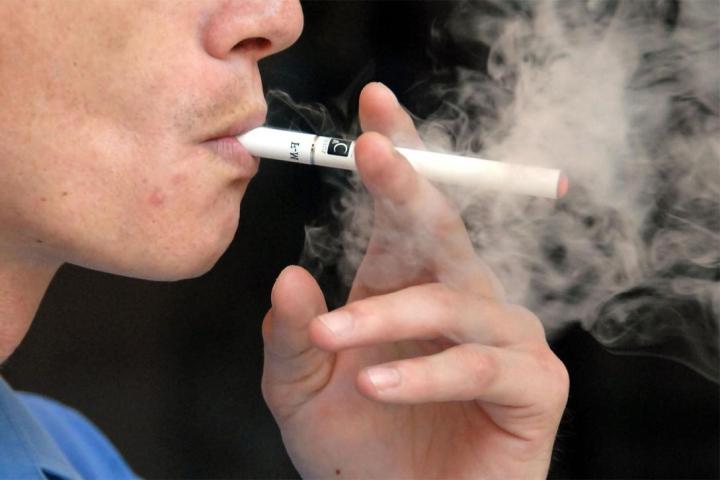
Detailed by the Los Angeles Times earlier today, the Los Angeles City Council approved a number of measures that ban the use of e-cigarettes and the practice of vaping in the majority of public areas around the city. Garnering heavy support, the council voted to ban e-cigarette use at outdoor areas like public parks and the beach as well as restaurants, bars and the workplace. However, vaping lounges within Los Angeles will be allowed to remain open, thus allowing patrons to continue trying other types of flavoring as well as socialize with fellow e-cigarette users.
Los Angeles Mayor Eric Garcetti is expected to sign the measures into law according to Garcetti spokesman Jeff Millman. After the legislation is signed, the ban on e-cigarettes will go into effect 30 days later. Several of the council members were vocal about the addictive nature of tobacco products and worried that e-cigarettes could be used as a transitional product. Council President Herb Wesson, a previous cigarette addict, spoke about why he originally began smoking at the young age. Wesson said “When you’re 15, you want to be cool. And I will not support anything — anything — that might attract one new smoker.”

Los Angeles County Department of Public Health director Jonathan Fielding had a similar view on e-cigarettes being used as a gateway to tobacco use. Fielding said “We don’t want to risk e-cigarettes undermining a half-century of successful tobacco control.” This measure brings Los Angeles in line with other large cities, like Chicago and New York, with a ban on e-cigarette use in public places.
Of course, proponents of e-cigarettes weren’t happy with the decision. Releasing a statement to Bloomberg, Smoke Free Alternatives Trade Association executive director Cynthia Cabrera said “We’re opposed to such restrictions, primarily because e-cigarettes don’t contain tobacco and they don’t emit smoke. These bans have the potential to stifle the growth of the category. It’s an industry that’s expanding very rapidly, offering smokers an alternative to combustible cigarettes, and by our estimation, creating close to 100,000 jobs in the process.”


